At-home learning tips and resources for parents
With BC schools scheduled to return to learning this week, BC teachers and school districts have been working tirelessly to figure out remote instruction for students of all ages.
This could mean online learning programs as well as printed learning packets. We’ve put together information and tips from the government and BC educators on productive home learning to help you find ways to keep your child engaged.
Support from government and educators
To help ensure continued learning for children, the BC Ministry of Education (MoE) launched a new website to support BC parents with children in grades K-12. The website, Keep Learning BC is a central place where families can find tips and ideas for everyday educational activities, as well as links to free learning resources.
For students with special learning needs, the Learning Disabilities Society of Greater Vancouver launched the online RISE at Home program, which provides one-on-one at-home instruction to kids with learning disabilities.
We took a look at the Keep Learning BC website and pulled out some key highlights to help you and your child start at-home learning. We’ve also included some ideas and resources from our own employees, the majority who are working from home, who have school-aged children and just like you, want to ensure their child is safe, feeling engaged and still keeping up with their schooling.
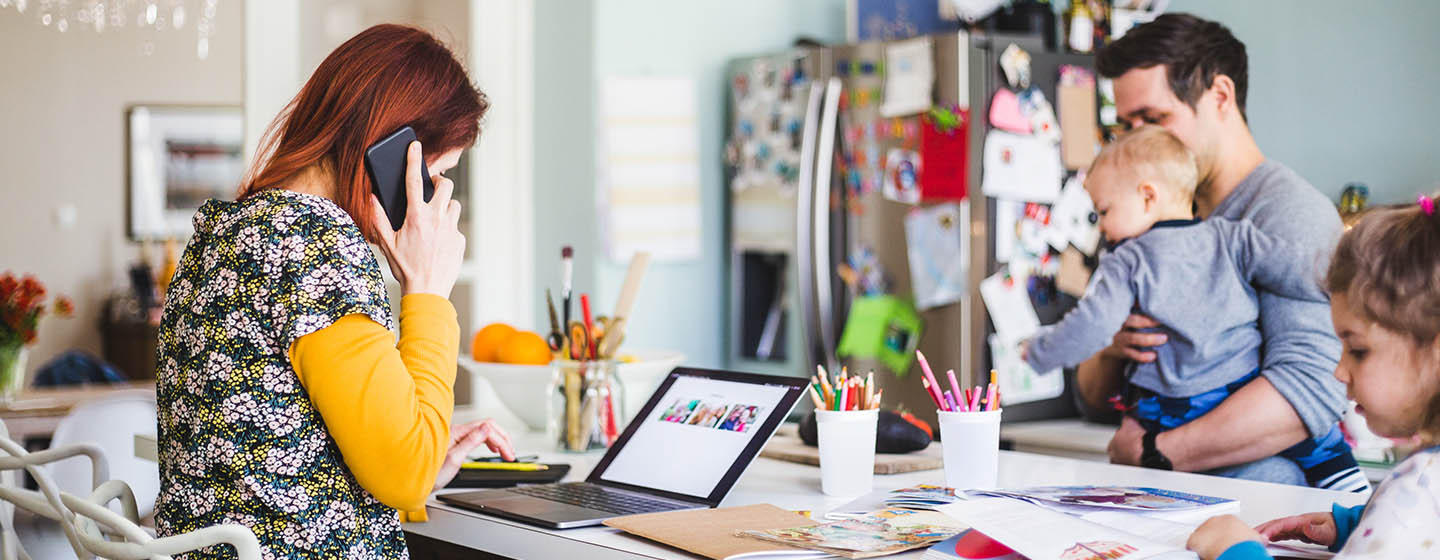
Don’t try to replicate school
This is an unprecedented time and teachers don’t expect parents to suddenly become professional educators, and you shouldn’t expect that of yourself either. School at home doesn’t have to look like a traditional classroom. You don’t have to sit down for hours going through lessons.
- Break up school learning time with a variety of activities such as watching a short program on TV, getting out into the yard, having a snack, or putting on some music.
- If parents or children are feeling anxious or overwhelmed, take a break.
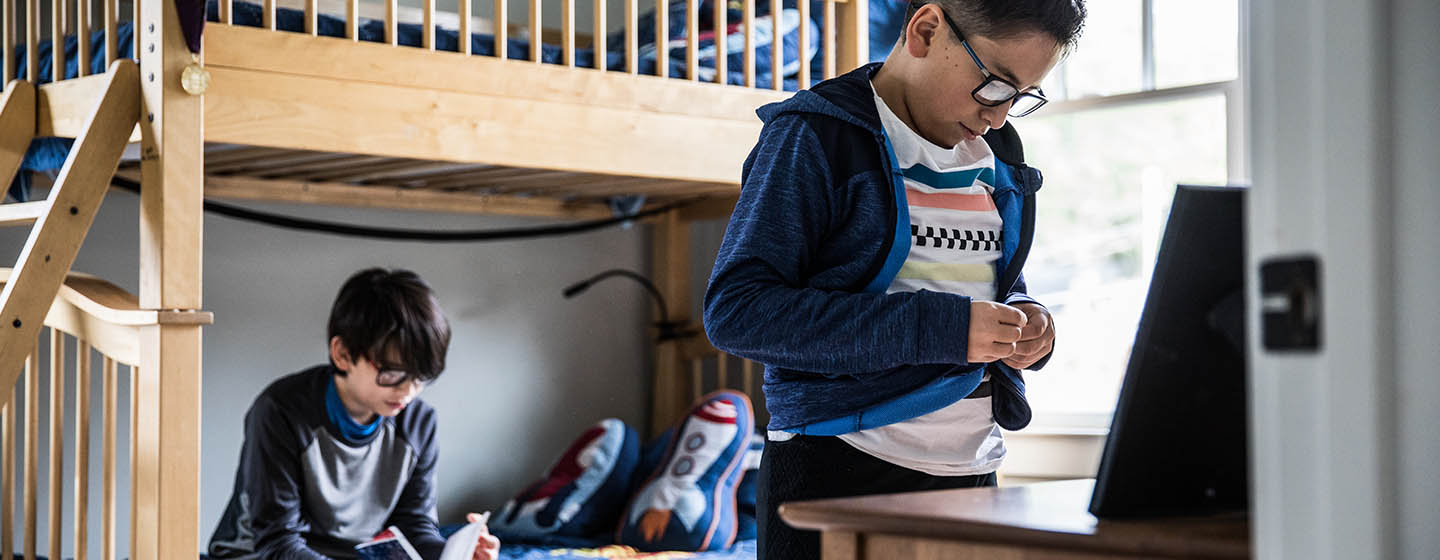
Follow a loose schedule
While these next few weeks will feel like anything but school, structure will help students thrive. Routines can help kids feel safe because they know what to expect. A routine would include:
- Sleep at their usual time.
- Morning schedule of getting dressed and having breakfast.
- Keep the same times for other meals.
- Have a consistent place where kids can sit and when they’re doing school-related work.
- While not physically at school, it’s important that students still understand that weekdays are for schooling.
As an extra tip, if possible have your child use a laptop over a tablet for school work so that they can practice using a keyboard and mouse.
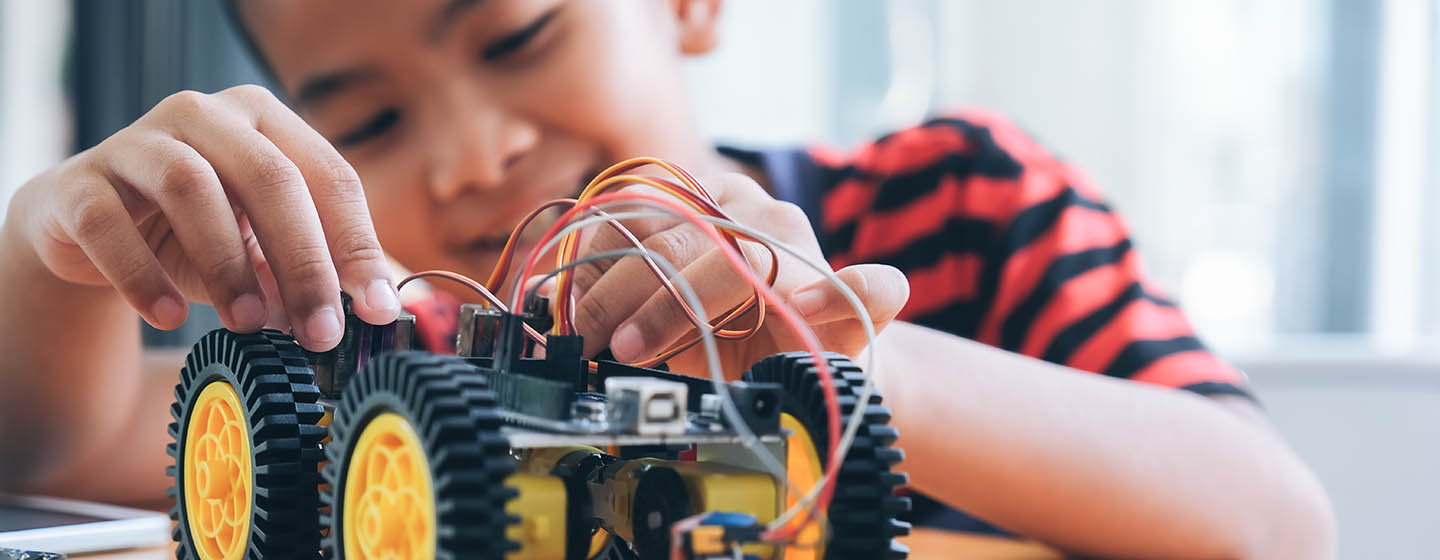
Include both down time and play time as breaks
Downtime is for relaxing and taking a mental break. This could include light reading for fun, listening to an audio book or watching a short TV program or fun YouTube channel.
Playtime is also unstructured and meant to help your child rejuvenate. This includes informal sports and physical activities, charades, following along to a dance video, and other activities they choose to do for fun.
For teens, breaks from school work could include social interactions with friends through texting or a phone or video call. If your child has spent a lot of school time online, then encourage an activity away from a computer or TV screen.
A word about online safety: With children spending more time at home on devices, it’s good to remind them about staying safe online. This is a good reminder for adults too, as the COVID-19 pandemic has created a more target-rich environment for online scammers and phishing.
Share your #StayHome learning ideas
Once you get going with at-home learning, share what’s working for you and your child. Email us at communityimpact@bcaa.com and we may add it to our list.
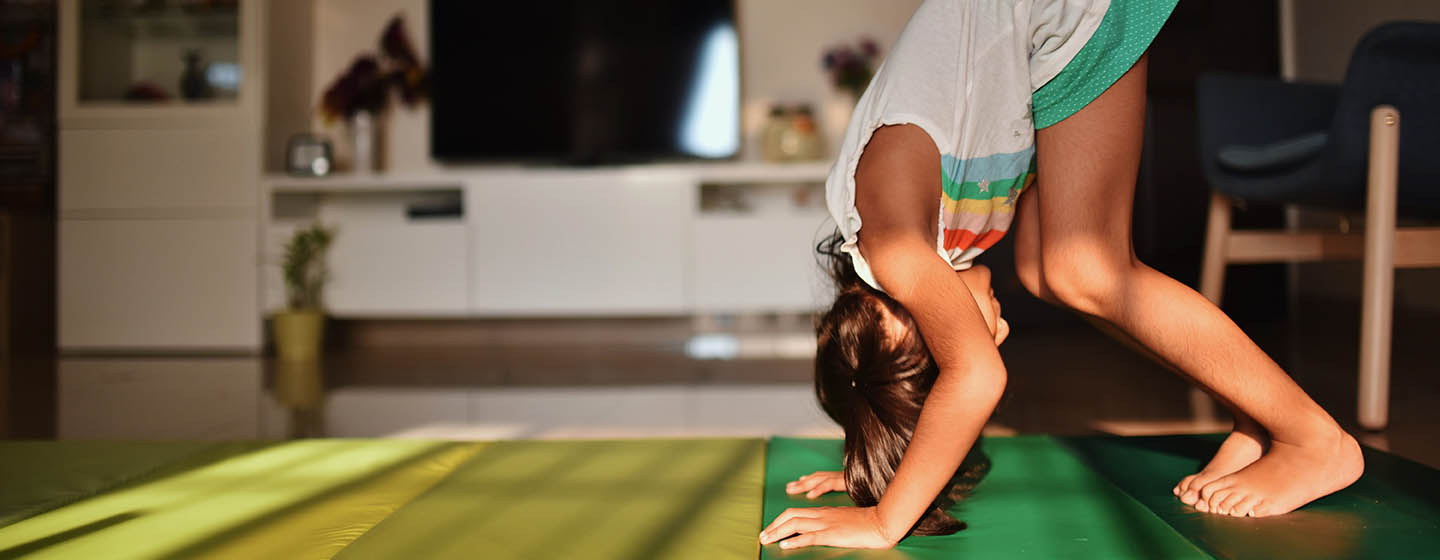
Add fitness to your day
While it may be tempting to indulge in movie marathons or become lax with screen time restrictions for children during this pandemic, now more than ever is the time to engage in fitness. According to the MoE, staying physically active helps to maintain a healthy immune system and build a strong defence against COVID-19. Some ideas that can be done while social distancing:
- Put on some music and dance
- Workout to an online exercise video (search “kids workout videos”)
- Walk up and down stairs (supervising younger children)
- Jump rope
- Stretch
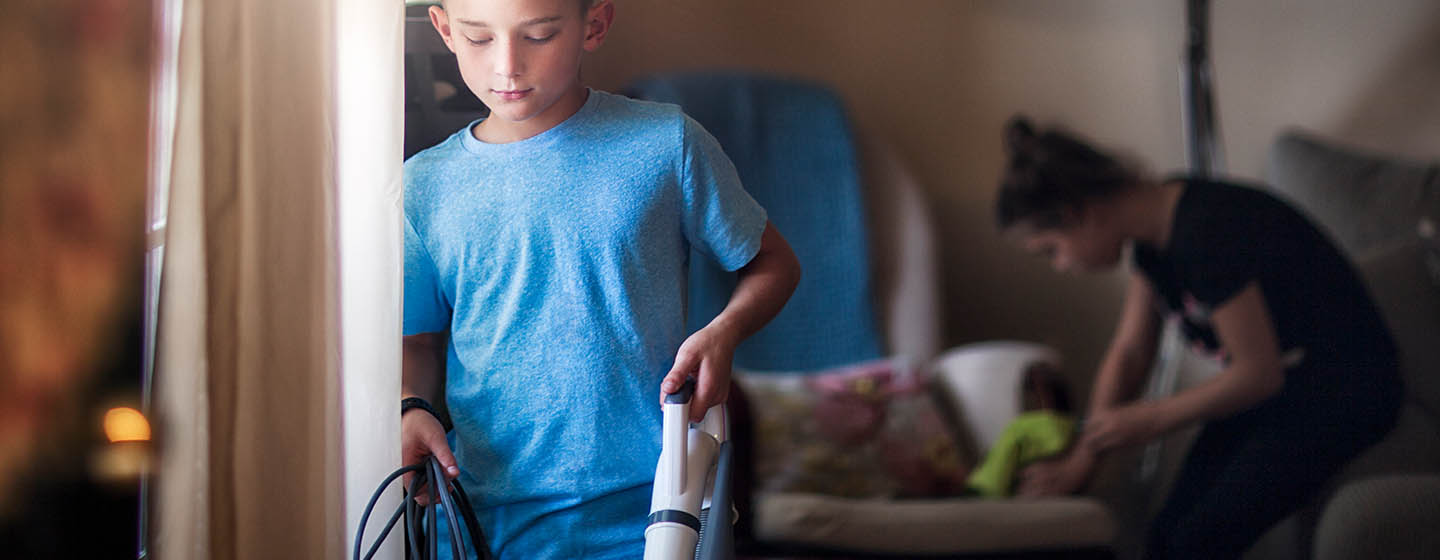
Leverage the power of chores
While we need to cut them some slack, this could also be an opportunity for your child to develop some independence and to contribute around the house. Chores may feel like a breath of fresh air to students because it’s something different to do. Some adulting skills they can learn include:
- Cleaning their room
- Learning to cook simple dishes together
- Washing dishes
- Keeping track of the grocery list
- Yard-work
Some activities can also teach your child about social awareness and responsibility, such as:
- Taking care of pets
- Caring for younger siblings or an elder
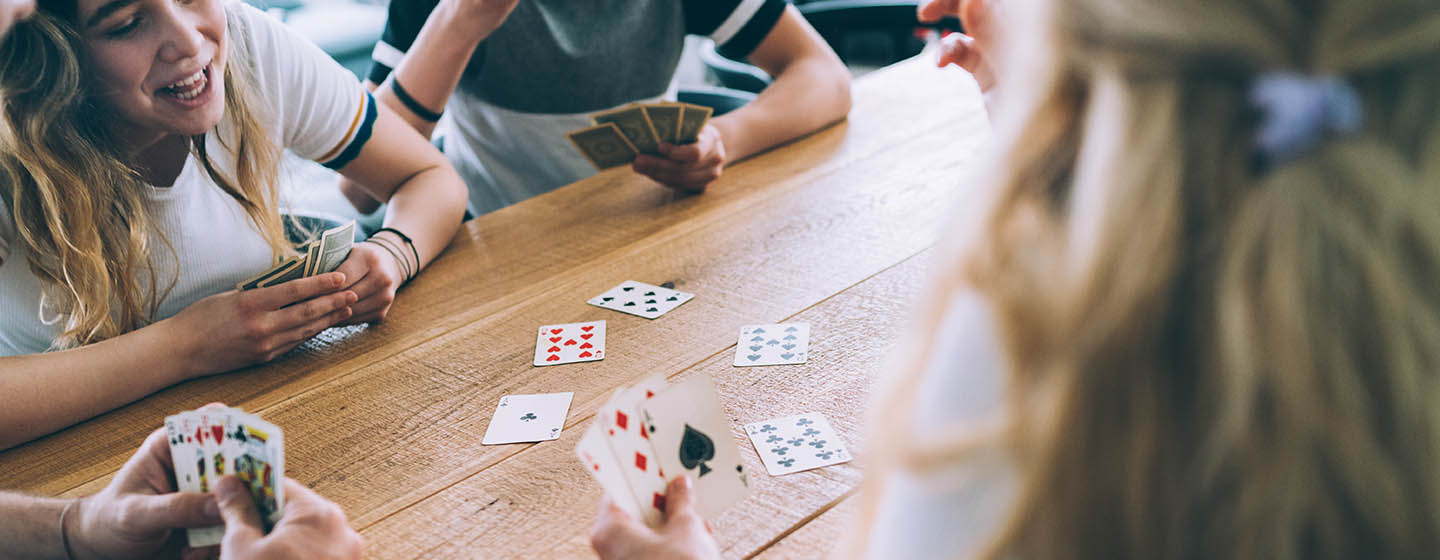
Fit in family time
Even if you’re in the same room, if you’re working from home and your child is busy doing school work, you’re not necessarily spending time together. Other things that you can do together as a family beyond watching TV include:
- Play cards or games like chess to teach strategy, or board games like Ticket to Ride to teach geography. If you’re in need of some new games, BCAA Members can earn up to 5% back in CAA Dollars® online at Indigo and 3% in CAA Dollars with Lego online, both retailers are still shipping items under the current circumstances.
- Learning a hobby together, such as sewing, knitting or photography.
- Virtual tours of travel destinations, museums and even street views, such as NASA’s Eyes or Google Street View Arts & Culture.
Other creative ways to learn
Children can lose focus when working on mundane lessons. Revisit assignments again later if needed, and fill the afternoon with fun activities that are still intellectually beneficial. Here are some of the resources many of our employees are using at home with their child:
Online learning
- Younger students can practice their fine motor skills by authoring and publishing books on My Story Book. Students can draw, add text and backgrounds with very little parent supervision.
- Scholastic – Day-by-day projects to keep kids reading, thinking and growing (from pre-K to grade 9).
- Science Experiments – Suggestions for science experiments that can be done at home using materials that can be found around the house. Each idea features a YouTube video demonstrating the experiment as well as a PDF with step-by-step instructions.
- Duolingo – Free online language learning program with more than 30 languages, designed to help ages 10 and up learn through a series of short lessons.
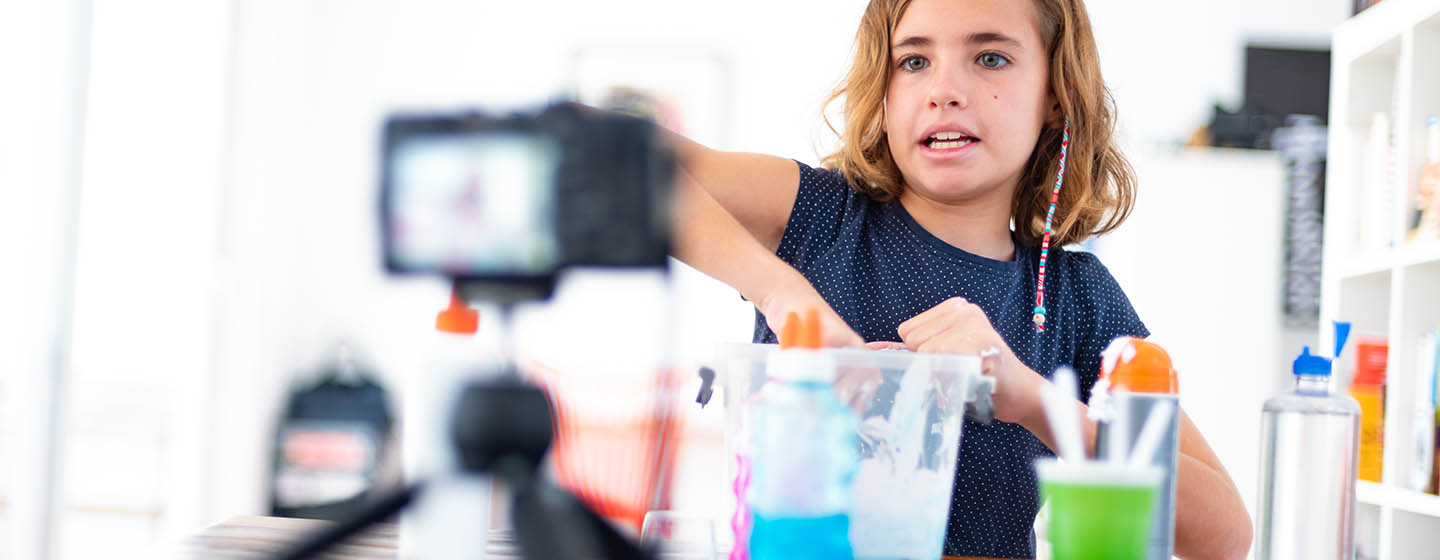
Drawing tutorials/ arts & crafts / projects
- How to Toon - Professional cartoonist Joe Wos has a series of free, easy to follow, cartooning classes on YouTube with each session lasting between 20-30 minutes.
- Art for Kids Hub – Easy step-by-step drawings for all ages, with new lessons posted every Monday-Friday.
- #The100DayProject – Links to creative arts and crafts projects for 100 days.
- Busy Toddler – Hundreds of fun ideas & activities geared towards toddlers.
Reading
- Audible – Stream a variety of audio books for various age groups.
- Kobo – Until April 30, free downloads of an extensive collection of Sesame Street e-books.
- Raz-Kids - Reading resources for students from kindergarten to Grade 5. Hundreds of online books spanning 29 levels of difficulty are available to kids on the site as part of a 14-day free trial.
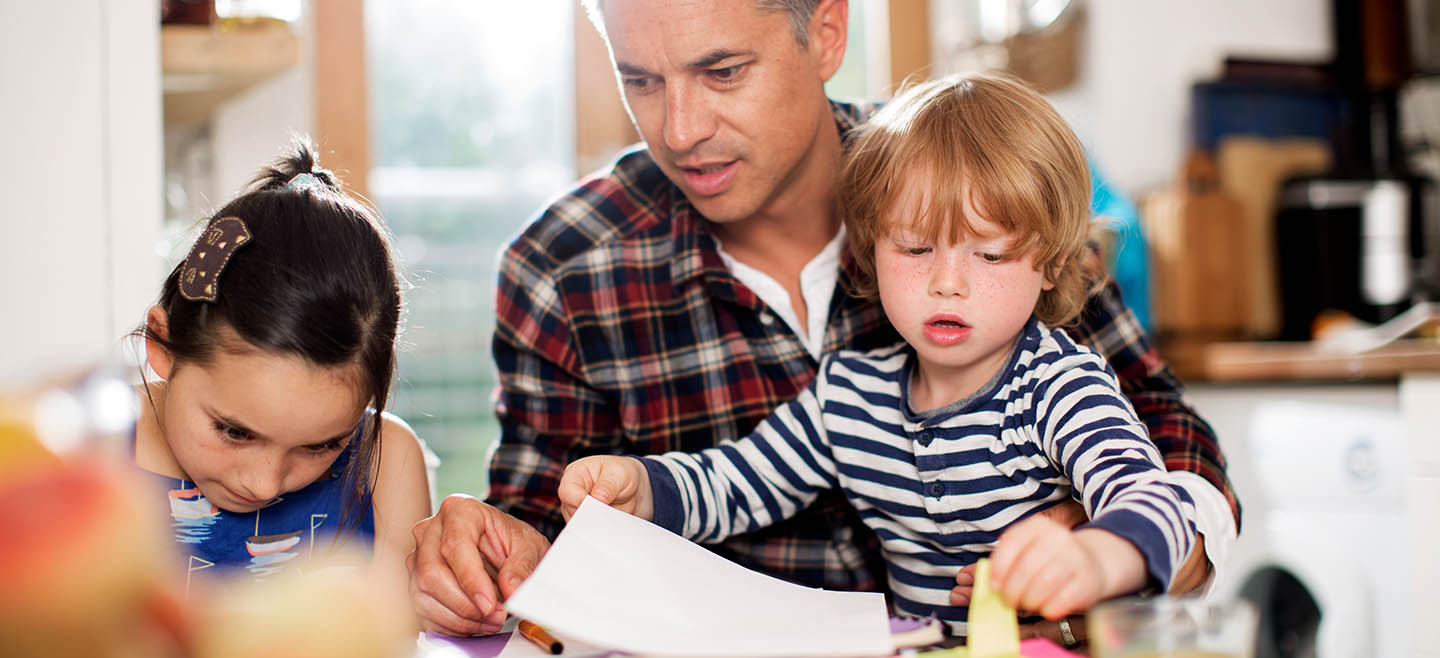
Know that you’ve got this
Parents may be worried about your child losing the valuable skills they’ve been acquiring during the school year. But, the MoE supports parents by telling them not to stress and that learning can happen all over the place and isn’t limited to academic tasks and workbooks.
No one could have predicted the current events and when it comes to your child’s education, the goal is to make the most of a tough situation and create a fun at-home learning environment for your family.
Additional resources:
- Learning resources and accurate, timely information about schools, programs and educational services, including regularly updated FAQs: www.gov.bc.ca/SafeSchools/
- A new website is constantly being updated with the latest information: www.gov.bc.ca/COVID19
- The best source of COVID-19 health information can be found at the BC Centre for Disease Control website: http://www.bccdc.ca/







